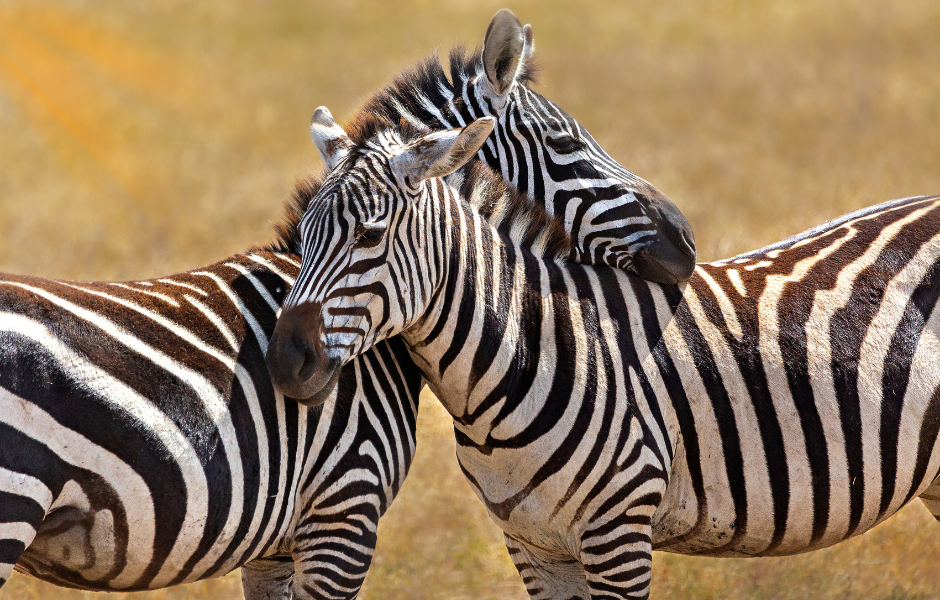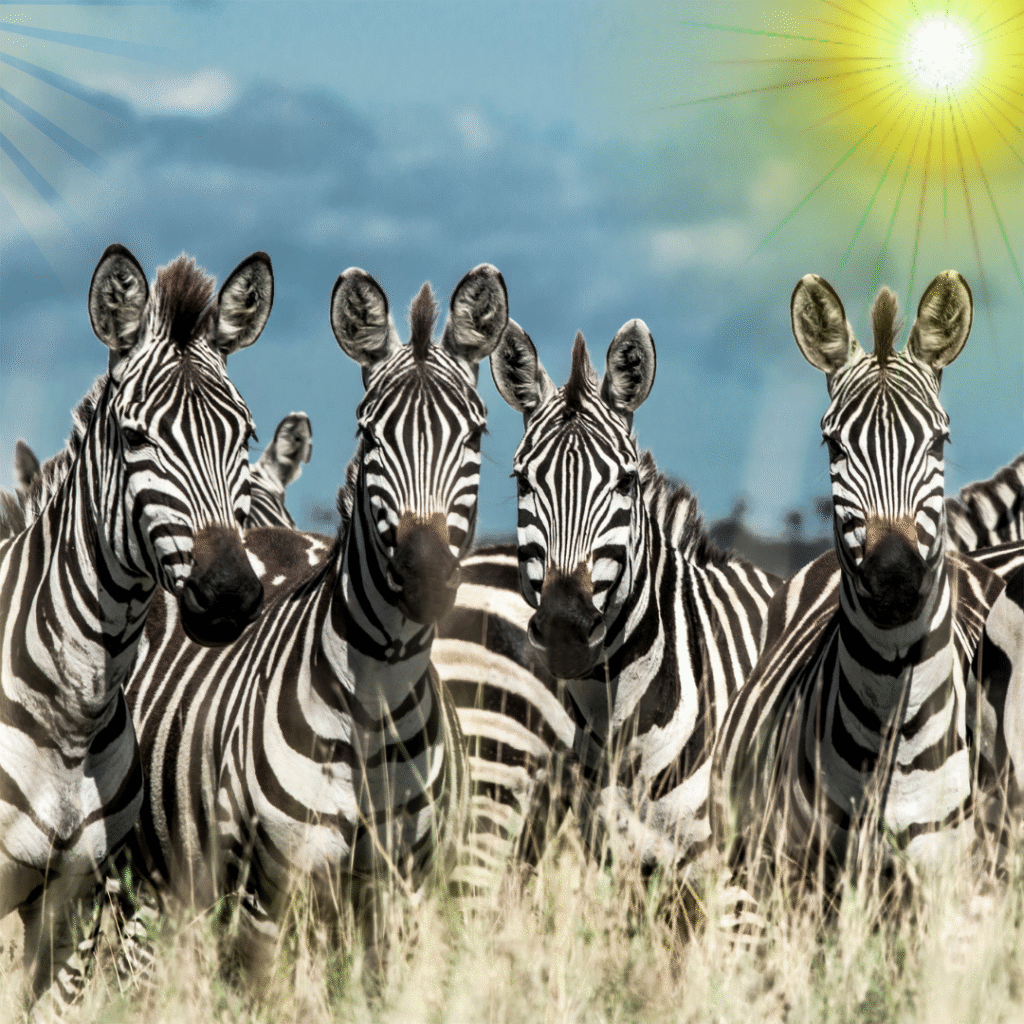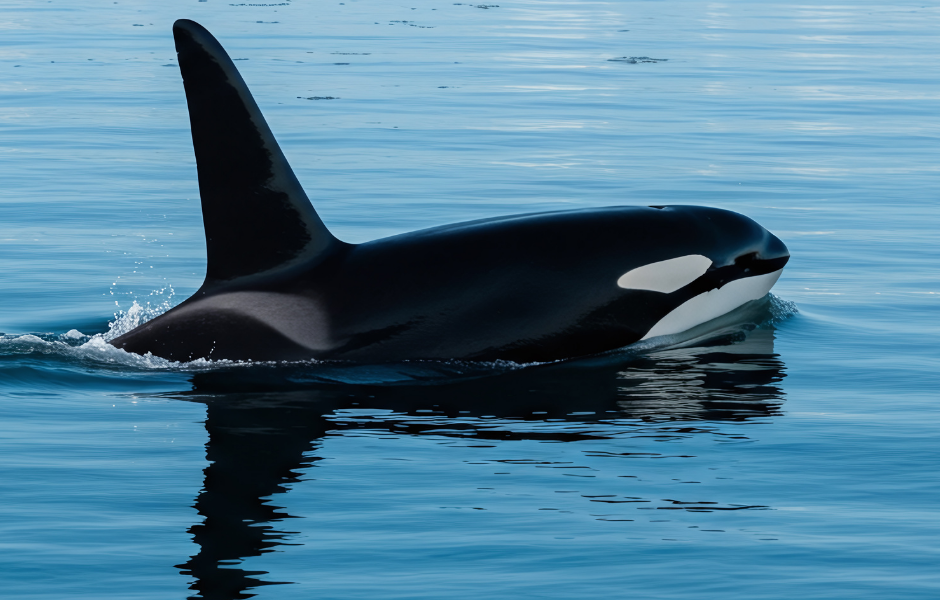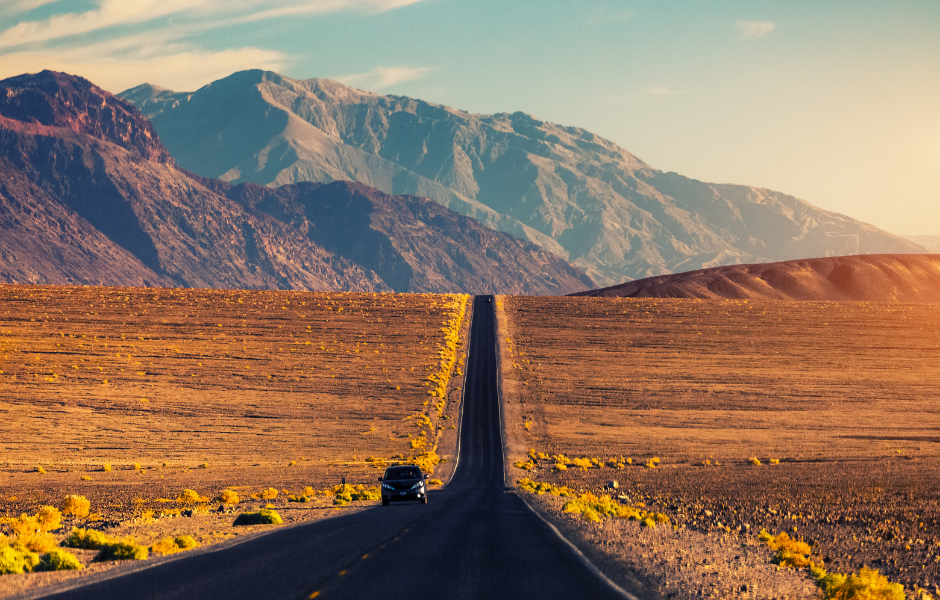
This children’s article, Why do zebras have stripes?, has been written for native English speakers and learners of English as a second or foreign language. It can help children build vocabulary, learn about evolution and animal defences, and enjoy some wild facts about zebras. Written by Mark Pulley, a teacher and writer who creates fun and informative news articles for English learners.
A stripy mystery
Why do zebras have stripes? It’s a question that has puzzled people for years. Stripes might seem like a strange choice in the wild; surely black and white make them really easy for predators to see them. But there’s actually a clever reason behind their stripy look, and it’s not just about looking cool.
Stripes for safety
Zebra stripes help them survive. One big idea is that the stripes confuse predators like lions. When a group of zebras are together, all those stripes blend into one big, wiggly pattern. This can make it hard for a predator to pick out just one zebra to chase. And looking at them all probably gives them a headache too!
Some scientists also believe the stripes help distract biting insects, like horseflies and mosquitoes. The black and white pattern seems to confuse these bugs, making it harder for them to land on a zebra’s skin. That’s useful because those bites are often painful and can carry diseases.
Born this way
Zebras didn’t just get stripes because they look cool. Over millions of years, their bodies evolved to have them. The ancestors of modern-day zebras that had stripes had a better chance of avoiding dangerous bugs or escaping hungry predators. These zebras lived longer and had babies, who also had stripes. And over time, all zebras became stripy!
Interestingly, no two zebras have the same pattern. Just like human fingerprints, each zebra’s stripes are unique.
Do stripes help zebras stay cool?
There’s another idea too. Some scientists think stripes help zebras control their body temperature. The black and white colours heat up at different speeds in the sun, which might create tiny air currents on their skin. That could help cool the zebra down.
It’s still being studied, but their stripes may be nature’s own version of air conditioning!
A zebra never changes its stripes
Zebras live in Africa, mostly in grassy areas called savannas. Their stripes aren’t just cool to look at; they’re a great example of how animals use colour and patterns to survive in the wild. Whether it’s to confuse lions, keep files off their skin, or stay cool, those famous stripes are doing important work!

Article vocabulary list
- Predators – Animals that hunt and eat other animals.
- Survive – To stay alive, especially in dangerous situations.
- Distract – To take attention away from something.
- Evolved – Changed slowly over a long time to help a species survive.
- Diseases – Illnesses caused by viruses or bacteria.
- Savannas – Wide, open grassy areas found in warm places like Africa.
- Air currents – Moving air, often caused by temperature changes.
- Unique – One of a kind; not the same as anything else.
Comprehension questions
Just click the plus (+) to see the answer
1. Why do zebras have stripes?
A) To look pretty in the zoo
B) To help them survive in the wild
C) So they can find each other
Answer: B) To help them survive in the wild
2. How do stripes help with predators like lions?
A) They make the zebras invisible
B) They help zebras run faster
C) They confuse the lions
Answer: C) They confuse the lions
3. What kind of insects might get confused by zebra stripes?
A) Horseflies
B) Butterflies
C) Bees
Answer: A) Horseflies
4. What is true about zebra stripes?
A) Every zebra has the same pattern
B) They can be used to identify each zebra
C) They disappear in winter
Answer: B) They can be used to identify each zebra
5. What is a savanna?
A) A type of zebra
B) A place where zebras live
C) A tree in Africa
Answer: B) A place where zebras live

Mark is a writer and EFL teacher from England with eight years’ experience. He’s passionate about travel, sport (especially football), animals, nature, and history, and enjoys helping children explore the world through language and learning.




